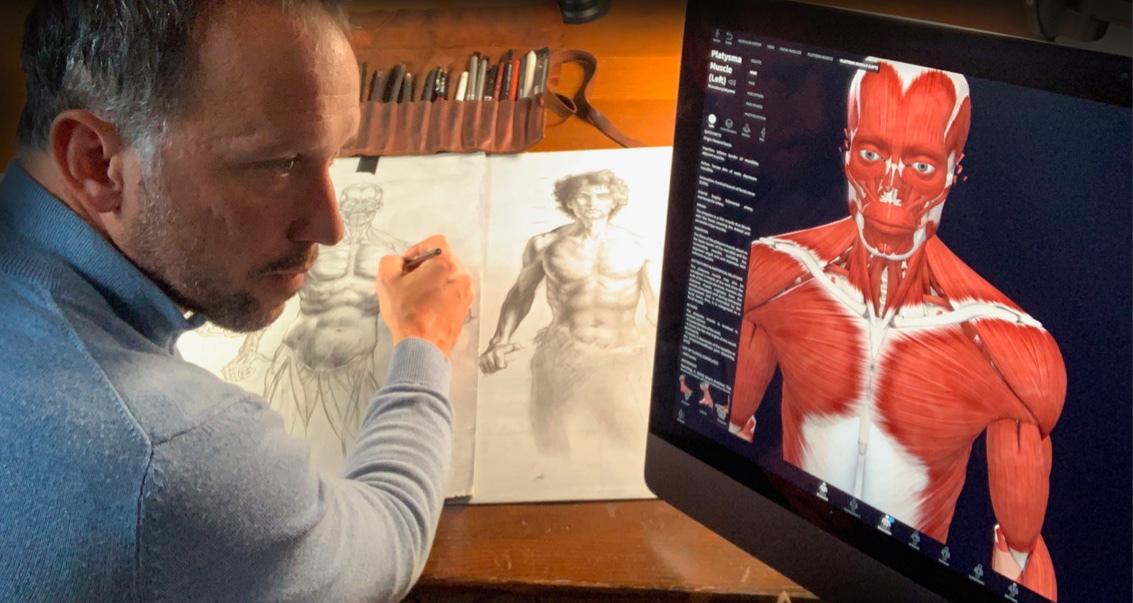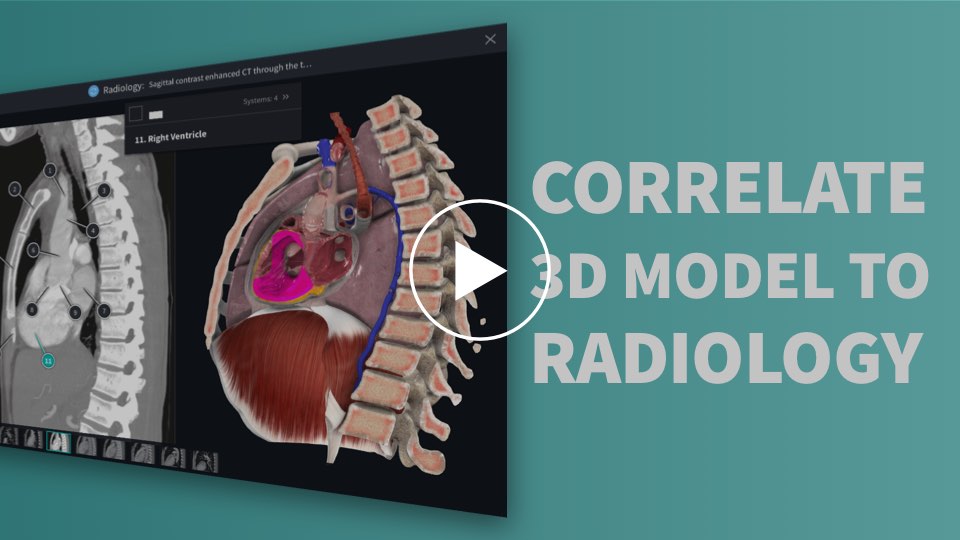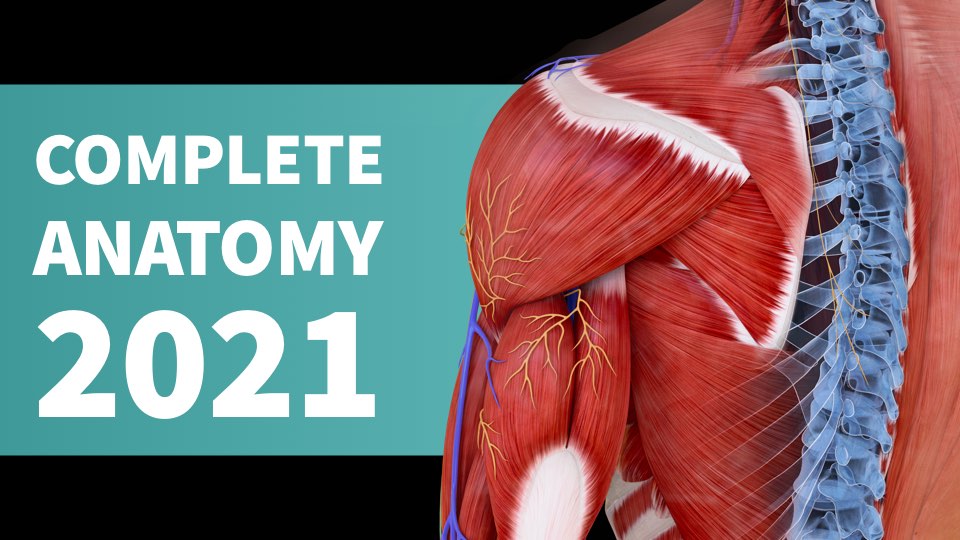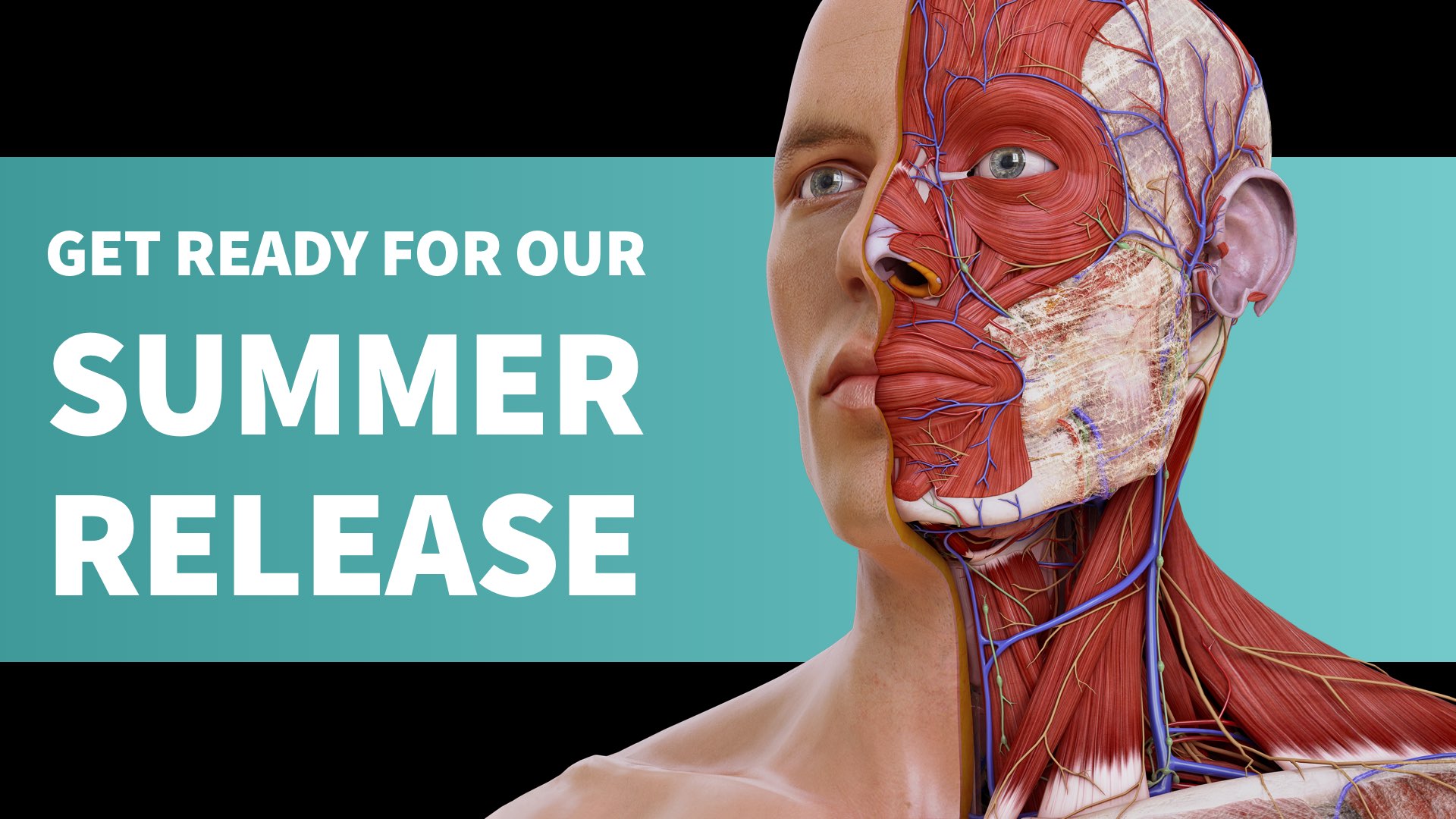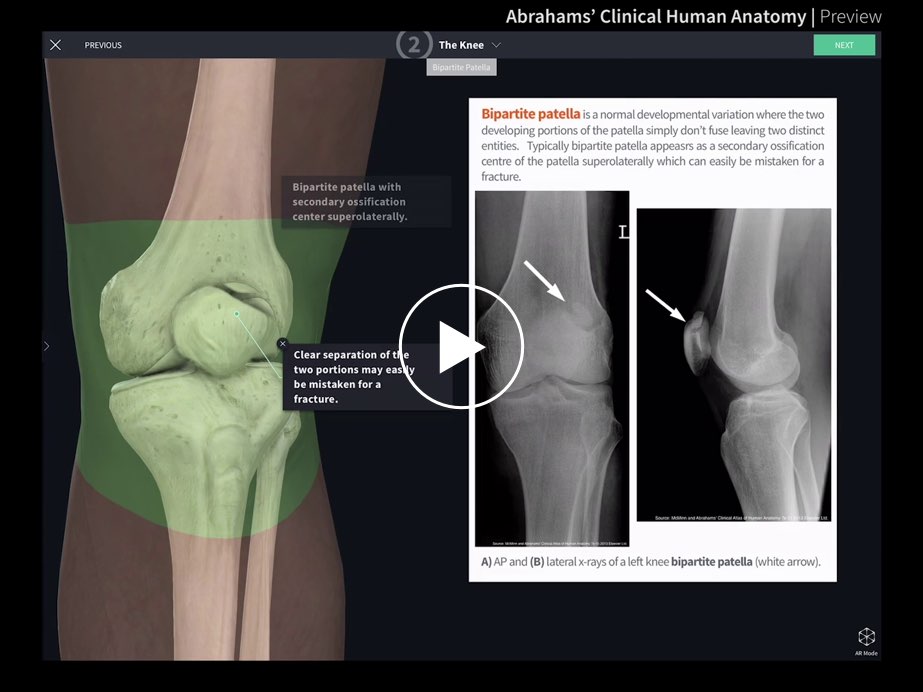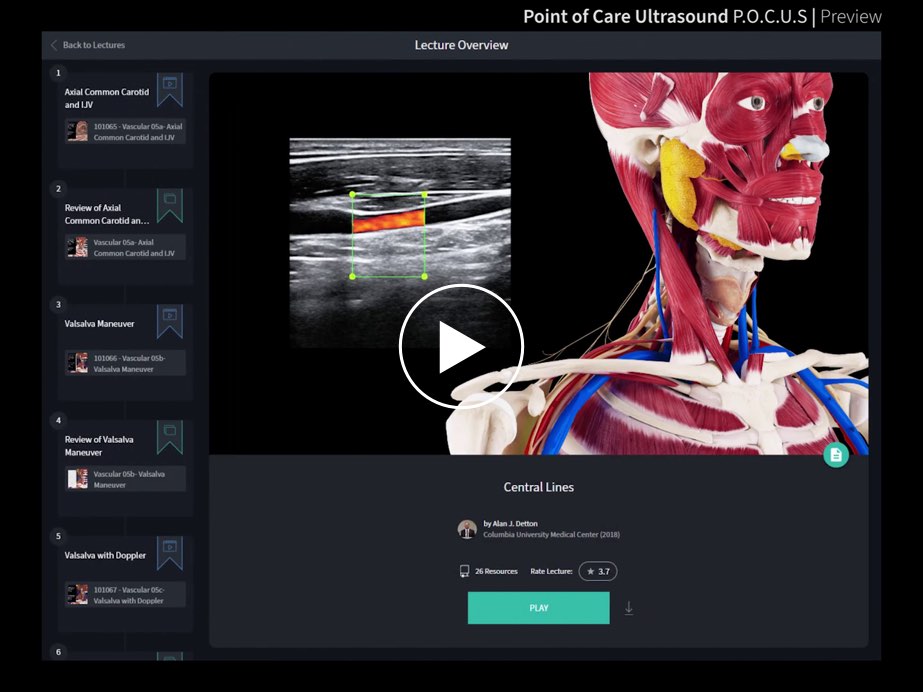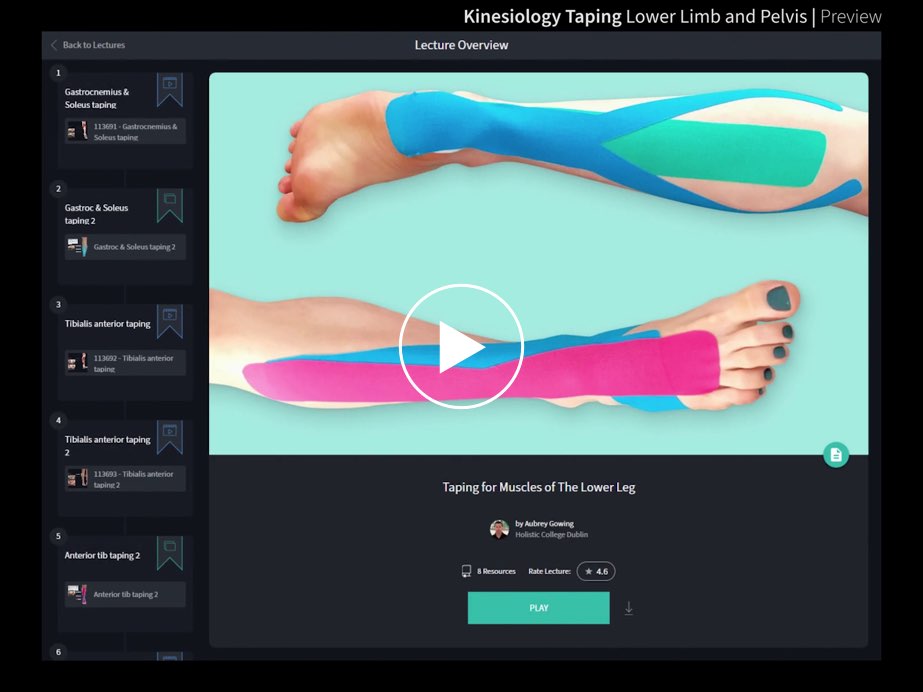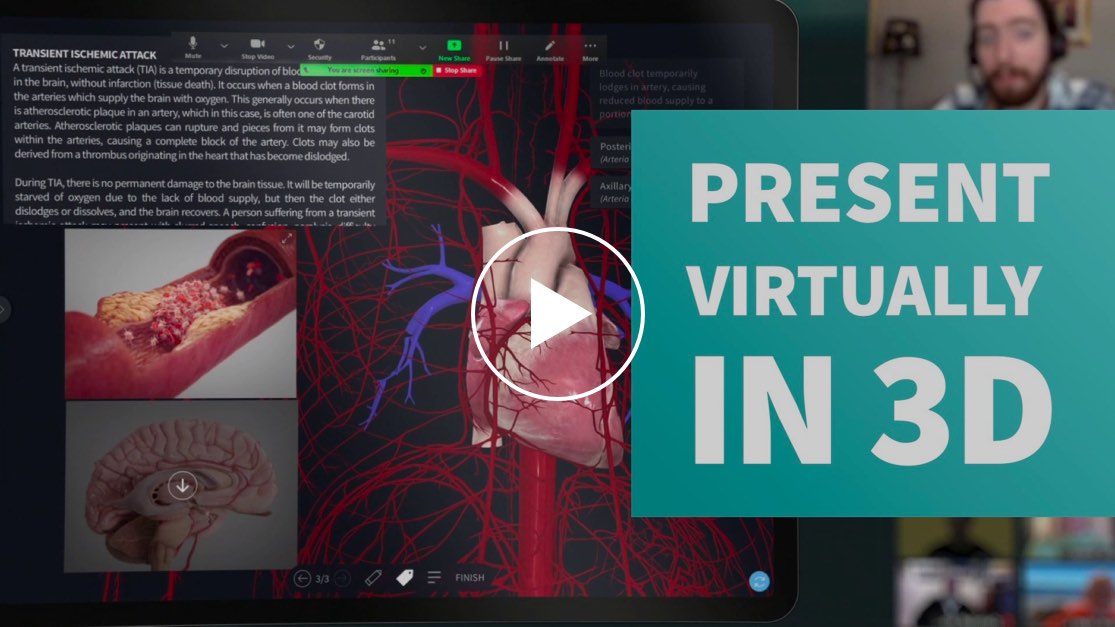
Looking back over the last 12 months, 2020 has certainly been the year of the educator for us at Complete Anatomy HQ. The team have listened to your feedback and taken on board your suggestions in order to consistently enhance your user experience and deliver the best in 3D anatomy learning. 阅读详情

